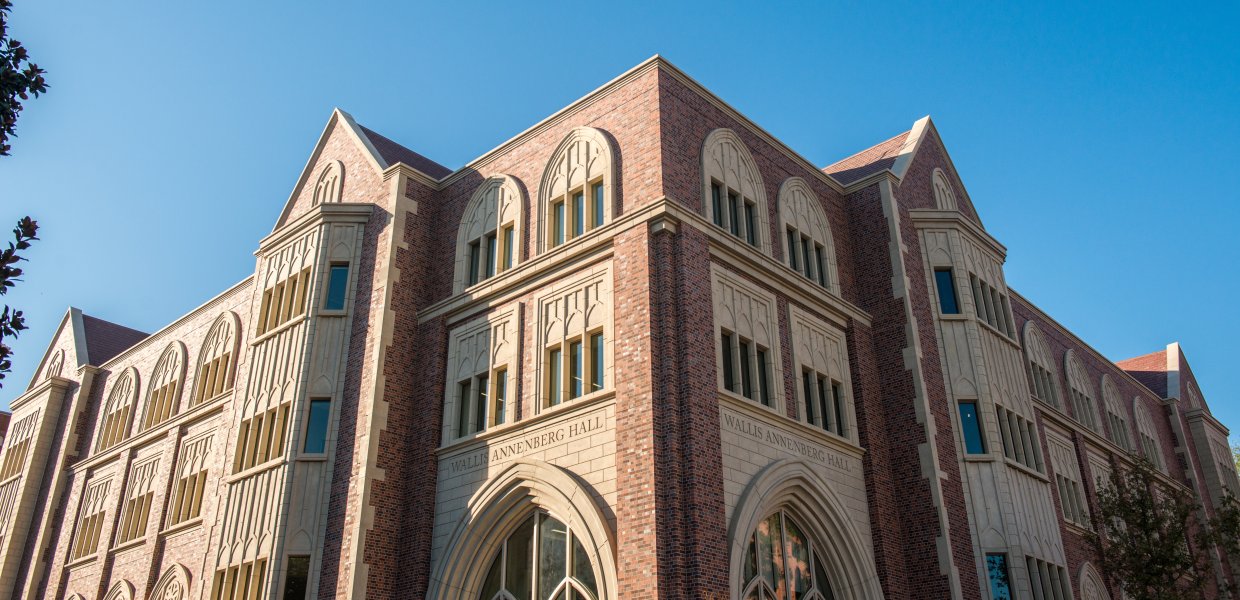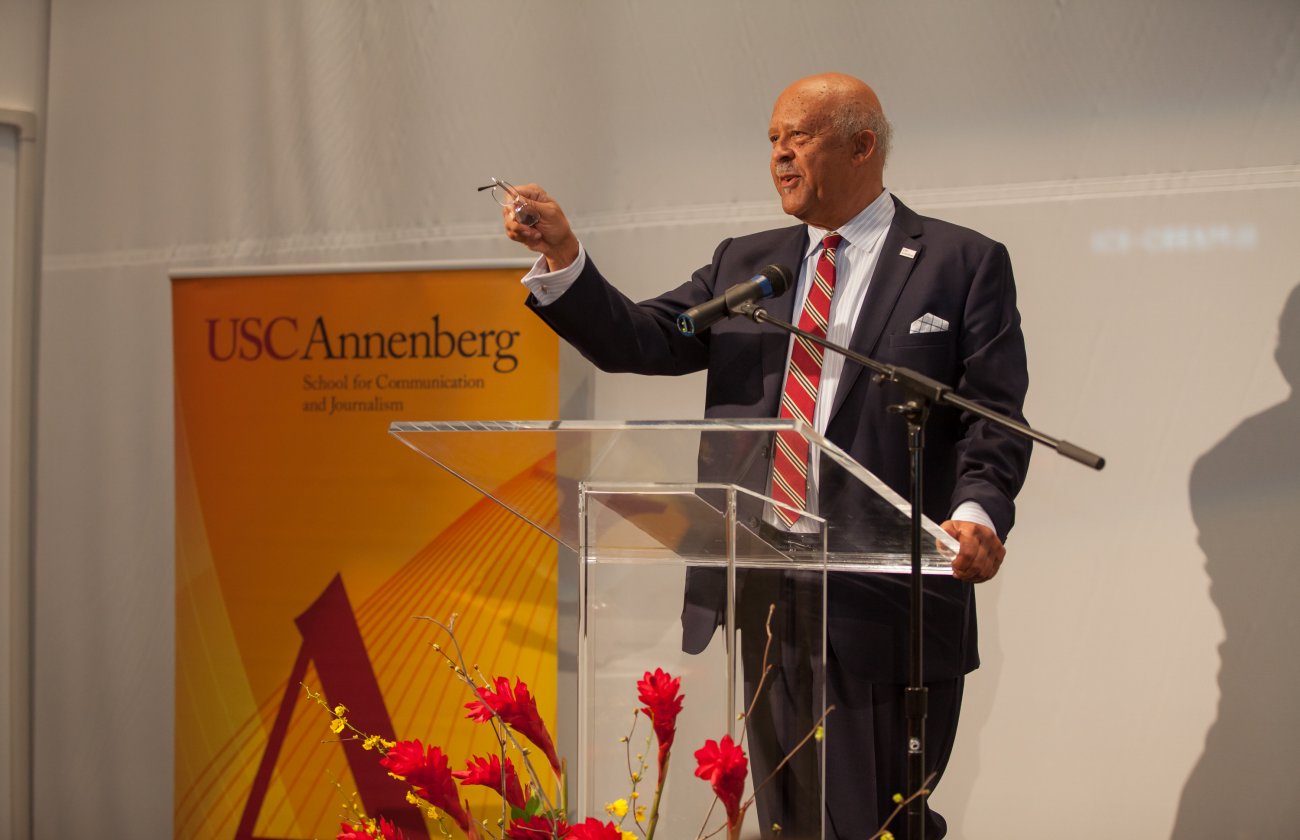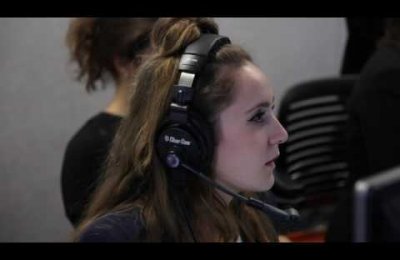Sea change has come to USC Annenberg.
On October 1, 2014 the school celebrates the grand opening of the technologically transformative, 88,000-squarefoot Wallis Annenberg Hall. This summer, the School of Journalism welcomes its first cohort of nine-month Journalism M.S. students. And the School of Communication and the School of Journalism have each hired new directors —Sarah Banet-Weiser and Willow Bay, respectively. These Annenberg changes haven’t occurred in a vacuum. In today’s dynamic era, “creative disruption” is the rule and Third Space attributes are a necessity. USC Annenberg continues through a wide variety of means to aggressively create, innovate —and define—the digital future.
On a sunny day in November 2012, USC Annenberg broke ground on a visionary construction project. On schedule and less than two years later, Wallis Annenberg Hall is set for an October 1, 2014 grand opening. The technologically transformative, 88,000-square-foot building includes highlights such as a 20,000-square-foot digitally converged media center, a four-story atrium, a three-story digital media tower and a rooftop skylight. Throughout the building, faculty and students will be able to work together in a variety of “drop-in” collaboration areas, multi-purpose rooms, meeting rooms, classrooms, open study areas, labs and a laptop lounge.
“Wallis Annenberg Hall is the incarnation of this ‘Annenberg advantage,’” USC Annenberg Dean Ernest J. Wilson III said. “All of the spaces have been carefully designed to be connectors and not containers, to be inviting and transparent and to encourage those passing by the building to enter, to experiment, collaborate, innovate and learn.”
Wallis Annenberg Hall opens during an USC Annenberg era of great imagination and invention. In recent years, for example, the school has opened the cutting-edge Annenberg Innovation Lab; launched the popular Media, Economics and Entrepreneurship initiative; experimented with wearable computing, augmented reality and 3-D printing; identified and named the Third Space; and emphasized creative collaborations across industries and disciplines.








